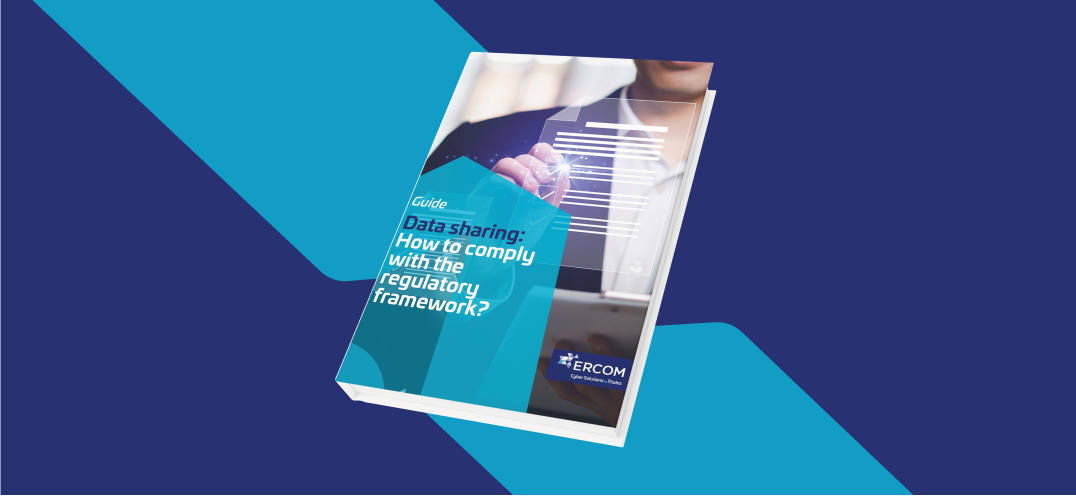Data sharing: How to comply with the regulatory framework?
To discover how to ensure regulatory compliance to secure data sharing within your organisation, download our new guide
Sharing information is an essential part of running any business. To carry out their work, employees exchange data digitally, not only with each other but also with suppliers, partners, vendors, and customers. These exchanges take place on multiple channels:
- Instant messaging
- Collaborative applications
- File transfer solutions
- Storage spaces hosted in the Cloud
- On-premises.
The data exchanged may be of a personal, sensitive or confidential nature. Several legislative frameworks have been created, following the example of the GDPR (General Data Protection Regulation) in 2018 and the NIS2 directive, which will come into effect in October 2024.
These regulations are primarily designed to protect organisations and users from cyber-threats. In particular, they require organisations to ensure the security of their data, including when it is shared, in order to reduce their attack surface and minimise risks. All organisations, regardless of their size or industry, are concerned by data protection. This guide is aimed at executives, CIOs (Chief Information Officers) and DPOs (Data Protection Officers) who want to ensure regulatory compliance for data sharing within their organisation.



